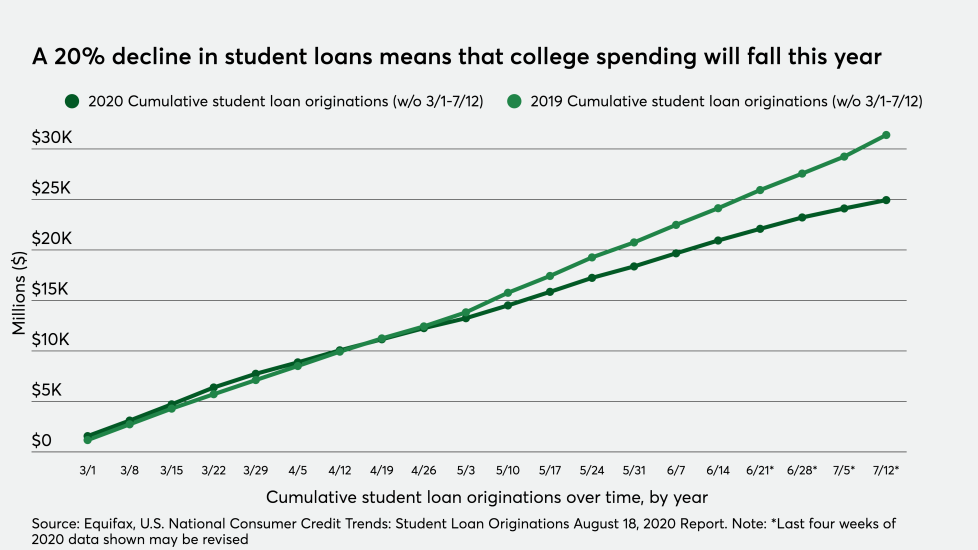For the parents of K-12 children heading back to school or young adults going back to college, this year is quite different. Many of the country’s major K-12 school systems are going to a remote learning environment for the fall, such as
One thing that many parents are finding unusual this year is the amount of money being spent on school supplies during the coronavirus crisis — it’s actually going up.
Despite some expectations that less might be spent with a large number of children remote learning, families are being asked to buy supplies normally provided by schools, and to have the proper technology for distance e-learning. It’s particularly challenging for families of children whose school systems do not provide laptops or tablets, as well as when a household does not have WiFi or sufficient bandwidth to support parents working from home alongside children attending classes online.










